Home>Gardening & Outdoor>Landscaping Ideas>How Many Days Does It Take For Grass Seed To Germinate
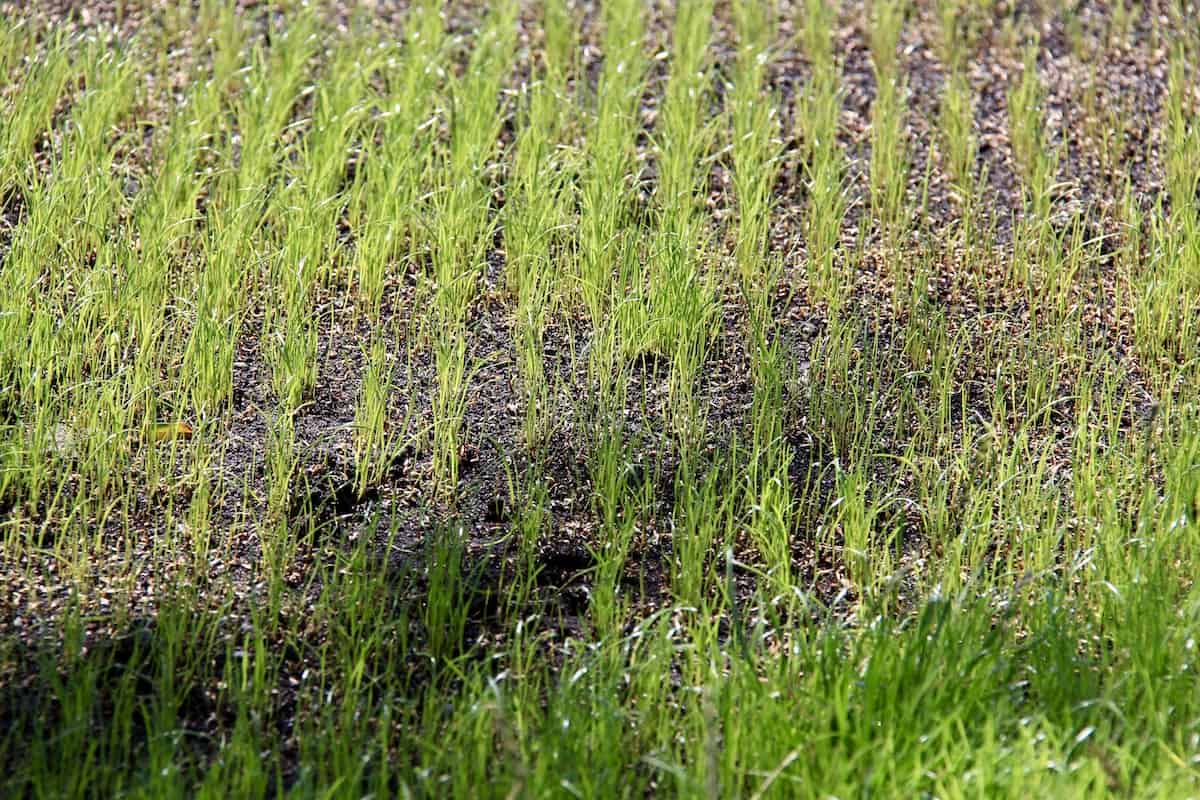

Landscaping Ideas
How Many Days Does It Take For Grass Seed To Germinate
Modified: February 18, 2024
Discover how long it takes for grass seed to germinate and get expert landscaping ideas to achieve a lush, green lawn. Learn the timeline for seed germination and effective strategies for successful landscaping projects.
(Many of the links in this article redirect to a specific reviewed product. Your purchase of these products through affiliate links helps to generate commission for Storables.com, at no extra cost. Learn more)
Introduction
Planting grass seed is an exciting endeavor that promises a lush, green lawn, but the waiting game can be a test of patience. One of the most common questions among eager gardeners and homeowners is, “How many days does it take for grass seed to germinate?” The germination time of grass seed varies depending on several factors, including the type of grass, environmental conditions, and proper care. Understanding these factors and the ideal conditions for germination can help you achieve successful results and a vibrant, healthy lawn.
In this article, we will delve into the various factors that influence the germination time of grass seed, explore the ideal conditions for successful germination, discuss the different types of grass and their germination timelines, and provide valuable tips for expediting the germination process. By the end of this read, you will be equipped with the knowledge and insights to kick-start your lawn’s transformation and witness the magic of grass seed germination.
Key Takeaways:
- Patience and proper care are key for successful grass seed germination. Factors like soil temperature, moisture, and weed control play a crucial role in the process.
- Understanding the ideal conditions and timelines for different grass species can help you achieve a vibrant, healthy lawn. Strategic practices like soil preparation and watering are essential for expediting germination.
Read more: How Many Days Do Tomatoes Take To Germinate
Factors Affecting Germination Time
The germination time of grass seed is influenced by various factors that play a crucial role in the seed’s ability to sprout and develop into healthy grass. Understanding these factors is essential for managing expectations and optimizing the conditions for successful germination. Here are the key factors affecting the germination time of grass seed:
- Grass Species: Different species of grass have varying germination periods. For example, Kentucky bluegrass typically germinates within 10 to 21 days, while perennial ryegrass may sprout in as little as 5 to 10 days.
- Soil Temperature: Optimal soil temperature is critical for seed germination. Most cool-season grasses germinate best when the soil temperature is between 50 and 65 degrees Fahrenheit, while warm-season grasses prefer temperatures between 65 and 70 degrees Fahrenheit.
- Soil Moisture: Adequate moisture is essential for seed germination. Dry or compacted soil can hinder the germination process, while excessively wet conditions may lead to seed rot. Maintaining consistent moisture levels is key for successful germination.
- Soil Quality: The overall health and composition of the soil, including its nutrient content and texture, can impact germination. Well-draining, loamy soil with proper aeration promotes healthy seed development.
- Light Exposure: While some seeds require light to germinate, most grass seeds germinate in darkness. Lightly covering the seeds with a thin layer of soil or mulch can create the ideal environment for germination.
- Weed Competition: Weed seeds and competition from existing weeds can impede the germination and growth of grass seeds. Proper weed control measures can support the successful establishment of grass seedlings.
By considering and managing these factors, you can significantly influence the germination time of grass seed and set the stage for a thriving lawn. Next, we will explore the optimal conditions necessary for promoting successful grass seed germination.
Ideal Conditions for Grass Seed Germination
Creating the optimal conditions for grass seed germination is essential for fostering healthy growth and establishing a vibrant lawn. By understanding and implementing these ideal conditions, you can maximize the germination success rate and accelerate the transformation of your outdoor space. Here are the key factors that contribute to the ideal conditions for grass seed germination:
- Soil Preparation: Before sowing grass seed, prepare the soil by removing debris, breaking up compacted areas, and incorporating organic matter to improve soil structure and fertility. A well-prepared seedbed provides an ideal foundation for germination.
- Proper Seeding Depth: Sow the grass seed at the recommended depth for the specific grass species. In general, most grass seeds require shallow planting, typically at a depth of ¼ to ½ inch. Consult the seed packaging or relevant guidelines for precise seeding depth recommendations.
- Consistent Moisture: Maintaining consistent moisture levels is crucial for seed germination. Water the seeded area lightly and frequently to keep the soil moist but not waterlogged. A gentle misting or light watering regimen can prevent the seeds from drying out during the germination period.
- Protection from Disturbance: Minimize foot traffic and other disturbances in the seeded area to prevent the displacement of seeds and young seedlings. Mark the seeded area and communicate with household members or visitors to avoid unnecessary traffic on the newly seeded lawn.
- Appropriate Fertilization: While excessive fertilizer can hinder germination, applying a starter fertilizer with a balanced nutrient composition can support early seedling growth. Follow the recommended application rates and timing to avoid potential damage to emerging seedlings.
- Mulch Application: Applying a thin layer of mulch over the seeded area can help retain moisture, prevent soil erosion, and protect the seeds from drying out or being washed away by heavy rainfall. Opt for a weed-free mulch material to avoid introducing competing seeds into the germination environment.
By adhering to these ideal conditions, you can create a nurturing environment that encourages successful grass seed germination and sets the stage for a resilient and lush lawn. Next, we will explore the germination timelines of different types of grass and their unique characteristics.
Grass seed typically takes 5-10 days to germinate, but this can vary based on the type of grass and environmental conditions. Keep the soil consistently moist to help speed up the germination process.
Different Types of Grass and Their Germination Time
Various types of grass exhibit distinct germination timelines and characteristics, each contributing to the diverse tapestry of lawns and landscapes. Understanding the germination time and unique attributes of different grass species is valuable for selecting the most suitable varieties for your specific needs and preferences. Here are some common types of grass and their corresponding germination timelines:
- Kentucky Bluegrass (Poa pratensis): Known for its fine texture and rich green color, Kentucky bluegrass typically germinates within 10 to 21 days under optimal conditions. This cool-season grass thrives in moderate climates and exhibits excellent wear tolerance.
- Fescue (Festuca spp.): Fescue grasses, including tall fescue and fine fescue varieties, boast varying germination periods. Tall fescue may germinate within 7 to 12 days, while fine fescue can sprout in approximately 10 to 14 days. These grasses are prized for their adaptability and shade tolerance.
- Ryegrass (Lolium spp.): Perennial ryegrass, a fast-establishing cool-season grass, often germinates within 5 to 10 days, making it a popular choice for quick lawn establishment and overseeding projects. Its rapid germination and lush appearance contribute to its widespread appeal.
- Bermudagrass (Cynodon dactylon): As a warm-season grass, Bermudagrass demonstrates rapid germination, typically sprouting within 7 to 10 days under favorable conditions. This resilient grass variety thrives in hot climates and exhibits excellent drought tolerance.
- Buffalograss (Buchloe dactyloides): Native to the Great Plains region, buffalograss showcases a germination period of approximately 14 to 21 days. This warm-season grass is celebrated for its low maintenance requirements and exceptional heat and drought tolerance.
These are just a few examples of the diverse grass species available, each with its unique germination time and characteristics. When selecting grass seed for your lawn or landscaping project, consider the local climate, soil conditions, intended use of the lawn, and desired aesthetic qualities to make an informed choice. Next, we will explore valuable tips for expediting the grass seed germination process and nurturing the growth of a thriving lawn.
Tips for Speeding Up Grass Seed Germination
Accelerating the germination of grass seed can expedite the establishment of a lush, green lawn, providing homeowners and gardeners with earlier enjoyment and satisfaction. By implementing strategic practices and adhering to proven techniques, you can promote faster and more uniform seed germination. Here are valuable tips for speeding up the grass seed germination process:
- Choose the Right Time: Select the appropriate time for seeding based on the specific grass species and the prevailing climate conditions. Cool-season grasses often germinate best when planted in early fall or early spring, while warm-season grasses thrive when sown in late spring or early summer.
- Use High-Quality Seed: Invest in high-quality grass seed from reputable suppliers to ensure superior germination rates and the presence of desirable cultivars. Opting for certified seed varieties can enhance the likelihood of successful and timely germination.
- Prep the Soil Thoroughly: Prepare the seedbed meticulously by removing debris, loosening the soil, and incorporating organic matter as needed. A well-prepared seedbed promotes optimal seed-to-soil contact and supports uniform germination.
- Provide Adequate Watering: Keep the seeded area consistently moist by watering lightly and frequently. Avoid overwatering, as excessive moisture can lead to seed rot and other issues. A gentle misting or sprinkler system can help maintain ideal moisture levels for germination.
- Protect from Birds and Wildlife: Deter birds and wildlife from consuming or disturbing the grass seed by using protective measures such as netting, scare tactics, or temporary barriers. Minimizing seed consumption and disruption supports successful germination.
- Apply a Seed Starter Fertilizer: Consider using a seed starter fertilizer with a balanced nutrient composition to provide essential elements for early seedling growth. Follow the recommended application rates and avoid excessive fertilization, which can hinder germination.
- Monitor and Maintain Ideal Conditions: Regularly monitor the seeded area to ensure that the soil remains consistently moist and free from disturbances. Adjust watering schedules as needed based on environmental factors such as temperature and precipitation.
- Consider Germination Aids: Explore the use of germination aids and biostimulants designed to enhance seed germination and early root development. These products can offer valuable support in promoting rapid and robust germination.
By incorporating these tips into your grass seed sowing and care regimen, you can expedite the germination process and set the stage for a thriving and resilient lawn. Patience, attentiveness, and strategic interventions can contribute to successful and timely grass seed germination.
Read more: How Many Days For Marigolds To Germinate
Conclusion
The journey from sowing grass seed to witnessing the emergence of vibrant green shoots is a testament to nature’s resilience and the gardener’s dedication. Understanding the factors influencing germination time, creating ideal germination conditions, selecting suitable grass varieties, and implementing strategies for expediting germination all play a pivotal role in the successful establishment of a healthy, verdant lawn.
As you embark on your grass seed germination journey, remember that each step, from soil preparation to nurturing young seedlings, contributes to the ultimate transformation of your outdoor space. Embrace the unique germination timelines of different grass species, and tailor your approach to suit the specific needs and characteristics of the selected grass varieties. By doing so, you can lay the foundation for a resilient and visually appealing lawn that enhances the beauty and functionality of your outdoor environment.
While the anticipation of witnessing the first signs of germination may test your patience, the rewards of a well-established lawn are well worth the wait. Embrace the process, nurture the seeds with care, and celebrate each milestone as your lawn evolves and flourishes.
Whether you are a seasoned gardener or a first-time lawn enthusiast, the journey of grass seed germination is a testament to the beauty of nature and the potential for transformation. By harnessing the knowledge and insights shared in this article, you are empowered to embark on this journey with confidence, knowing that you have the tools to nurture and support the growth of a vibrant and resilient lawn.
May your lawn be a testament to the harmony between nature and human stewardship, a living canvas that brings joy and tranquility to your outdoor sanctuary.
Frequently Asked Questions about How Many Days Does It Take For Grass Seed To Germinate
Was this page helpful?
At Storables.com, we guarantee accurate and reliable information. Our content, validated by Expert Board Contributors, is crafted following stringent Editorial Policies. We're committed to providing you with well-researched, expert-backed insights for all your informational needs.
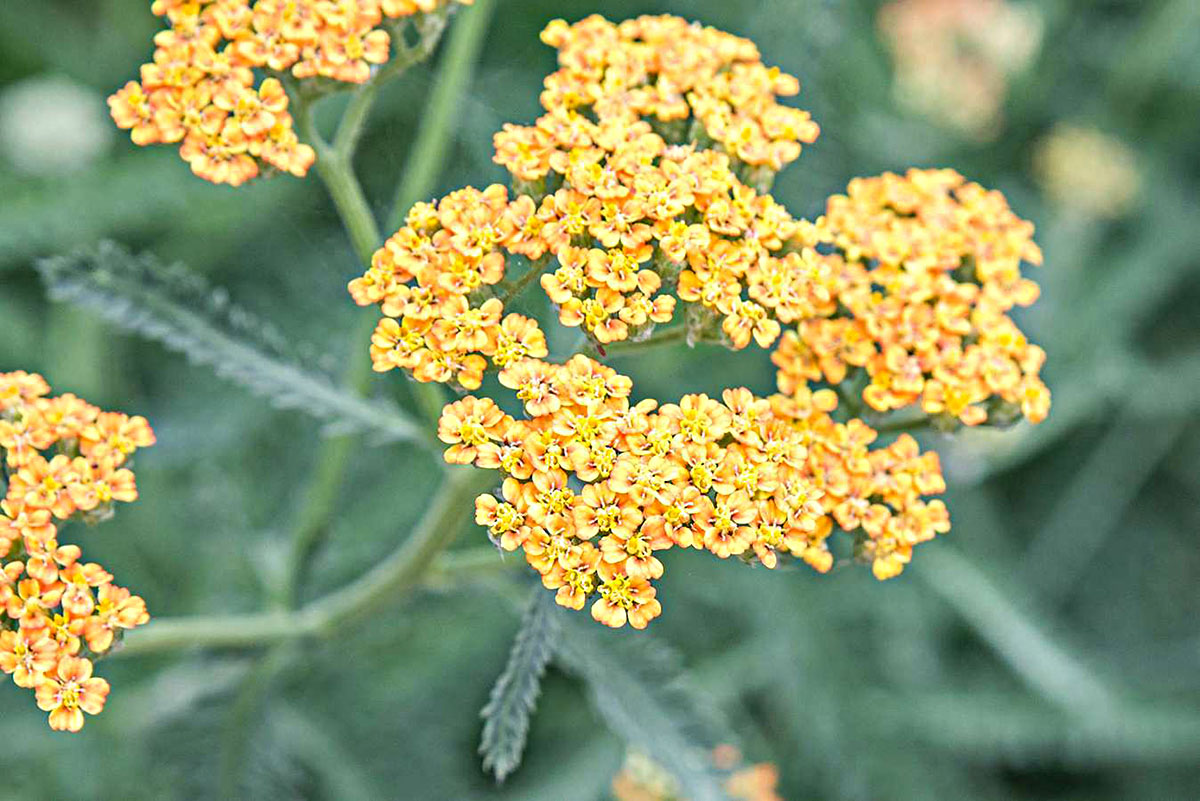

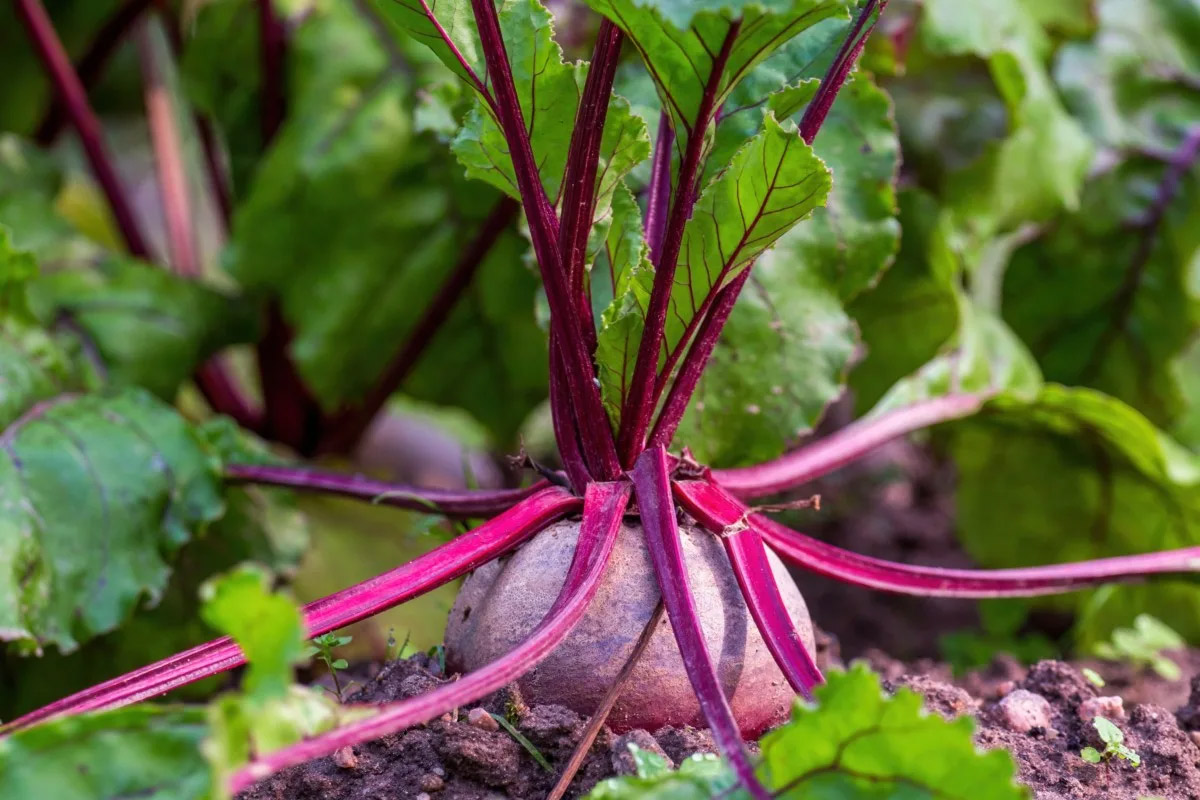
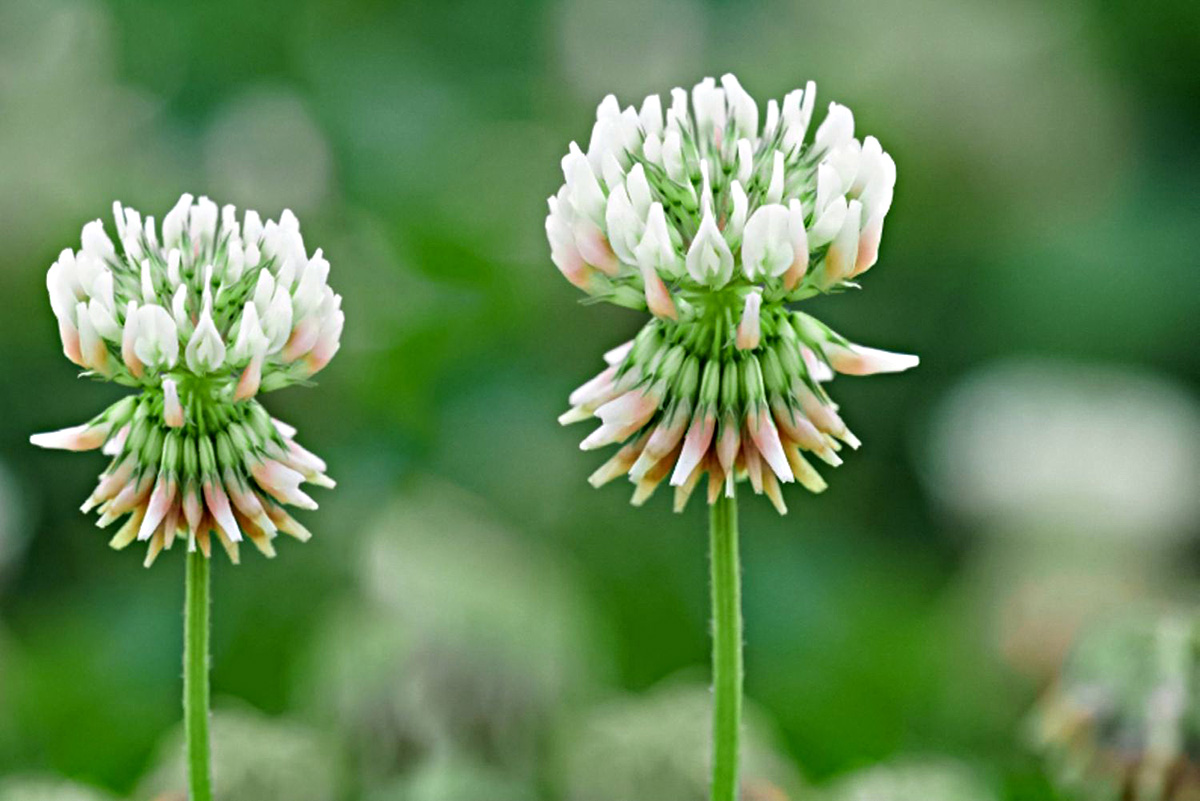
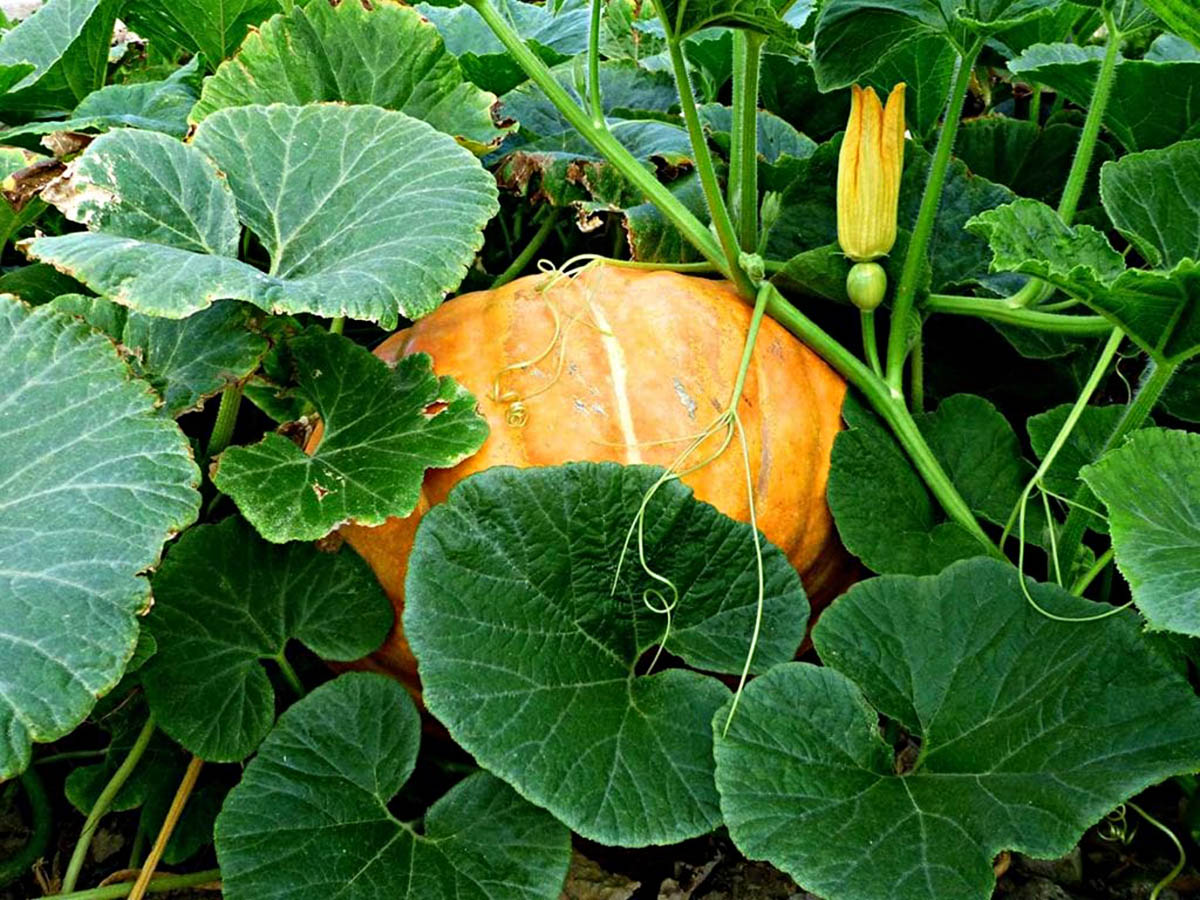
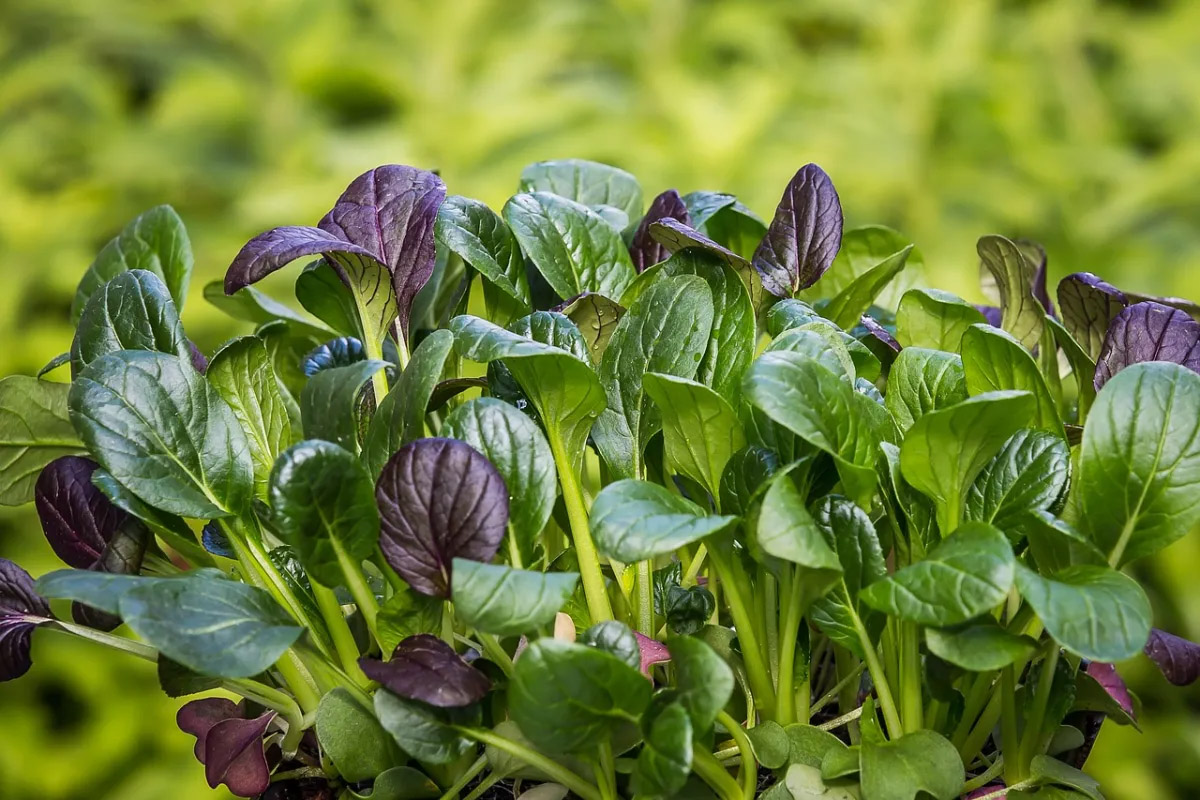

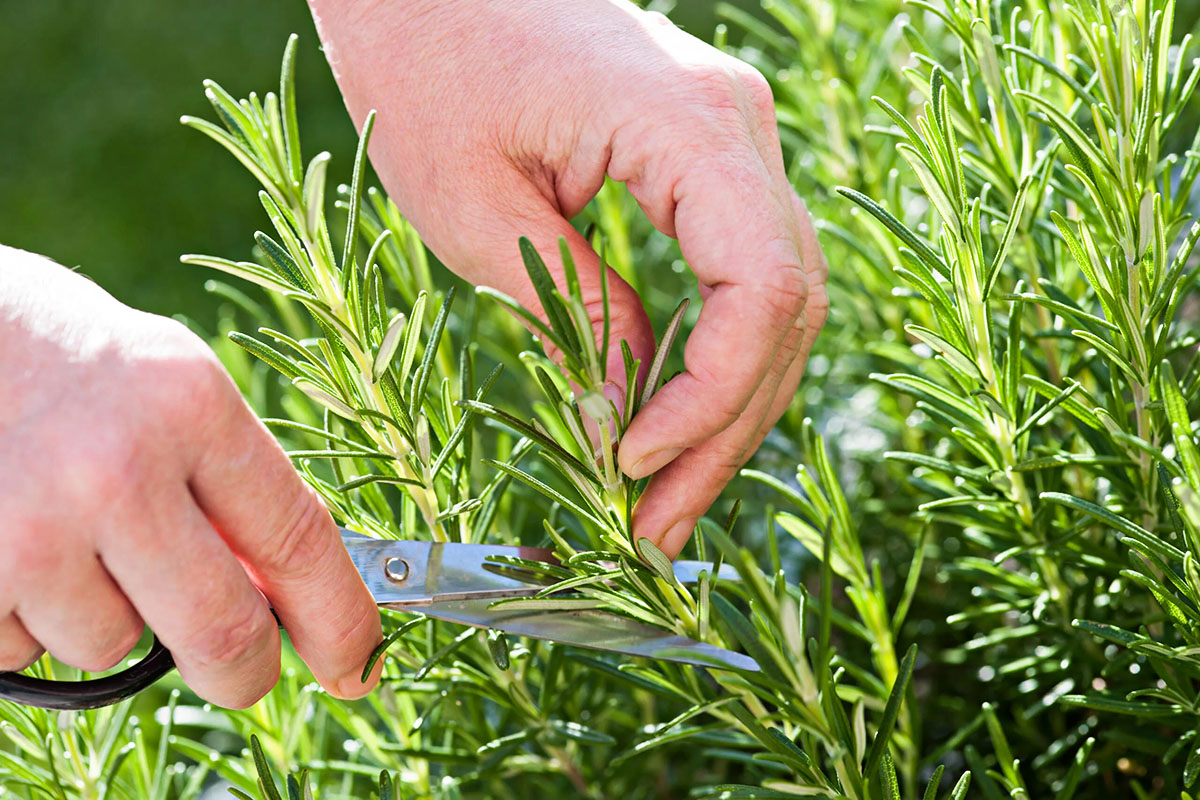
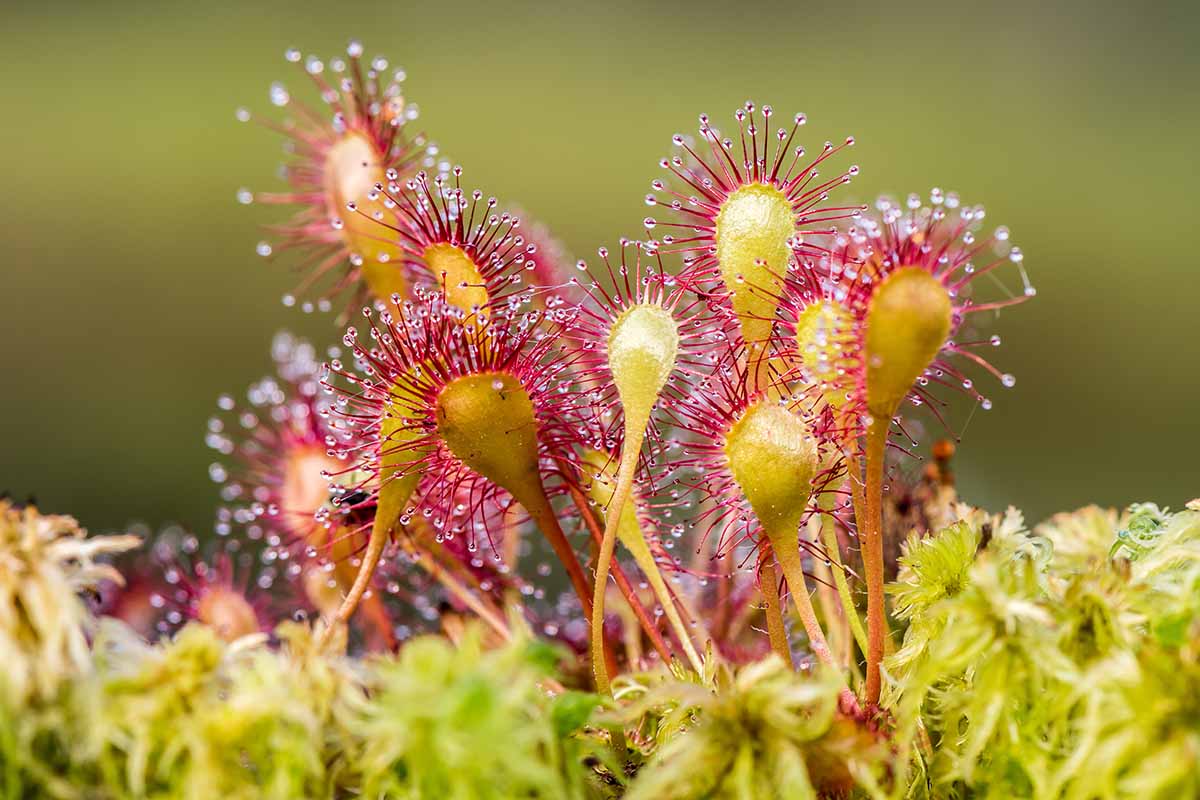
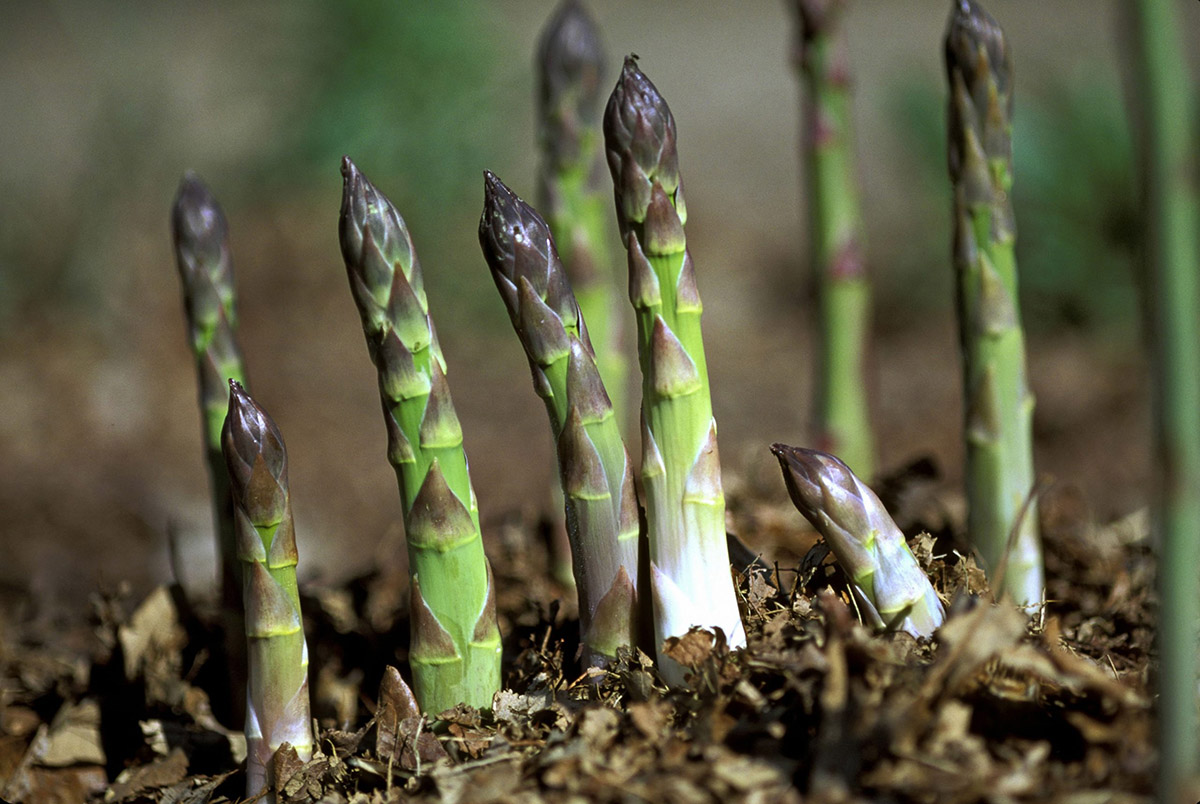

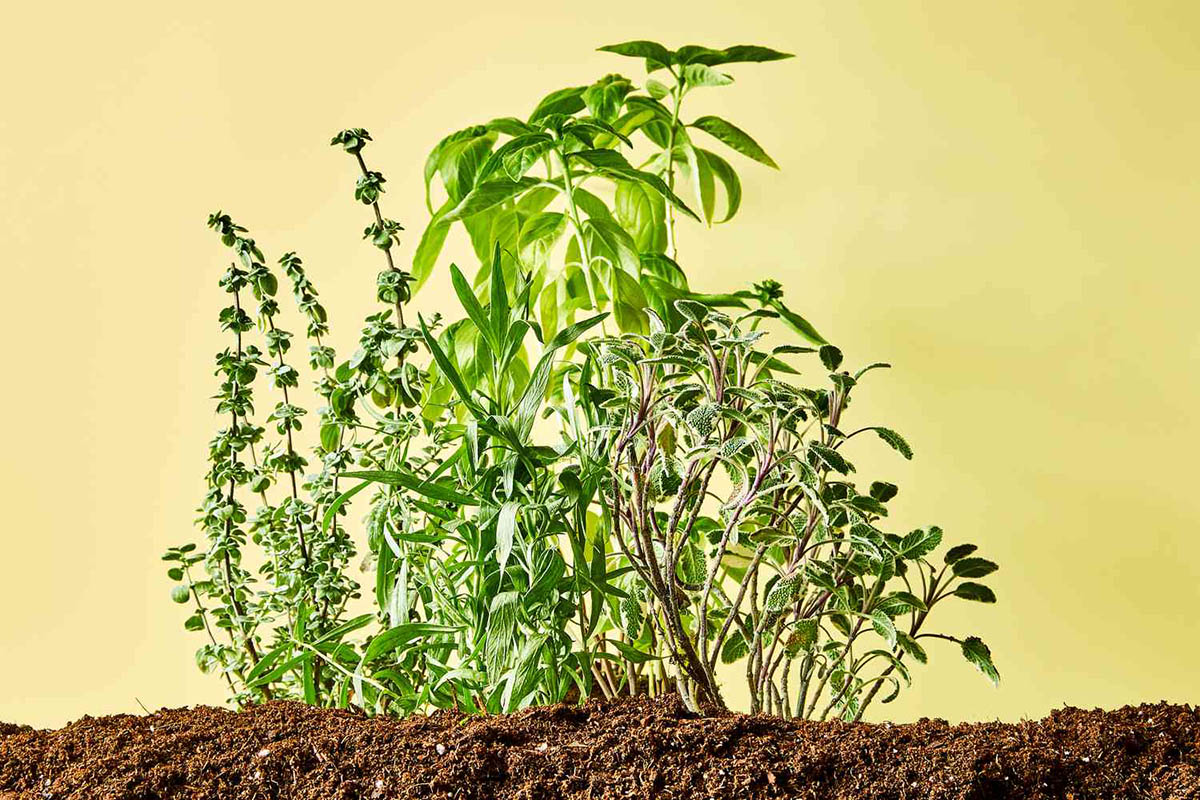
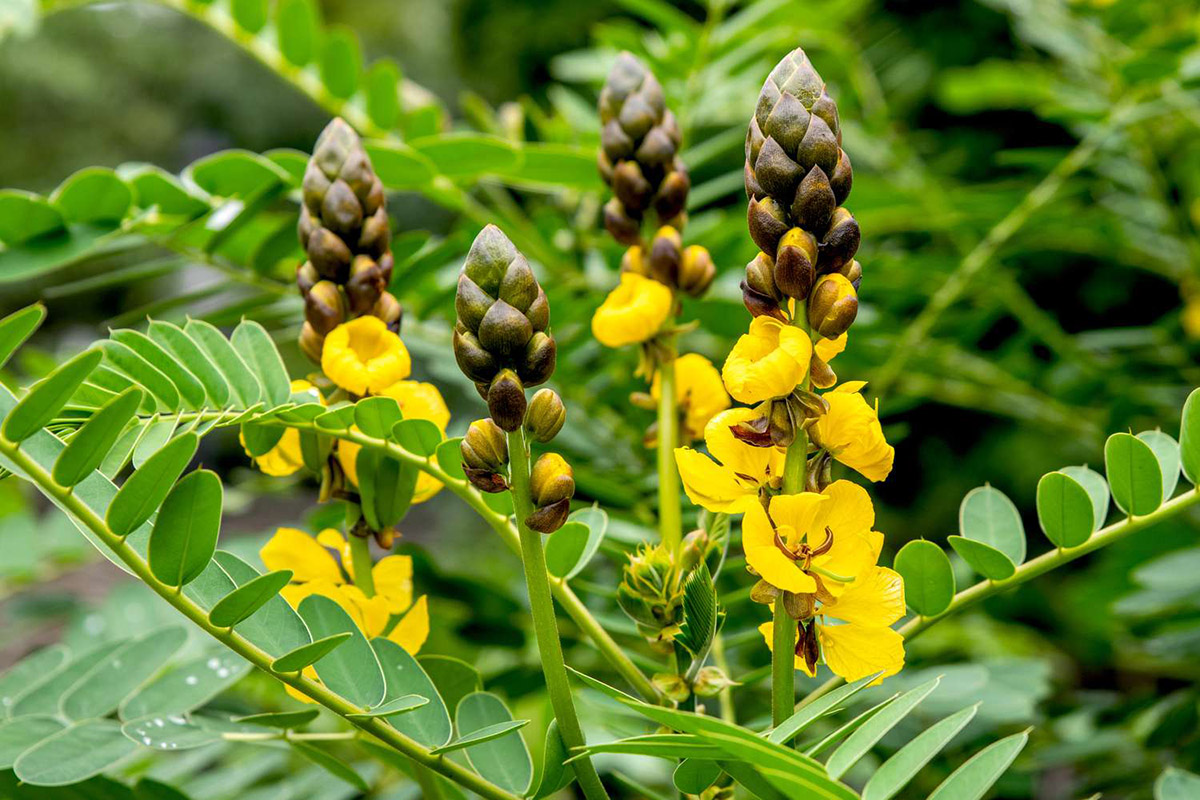
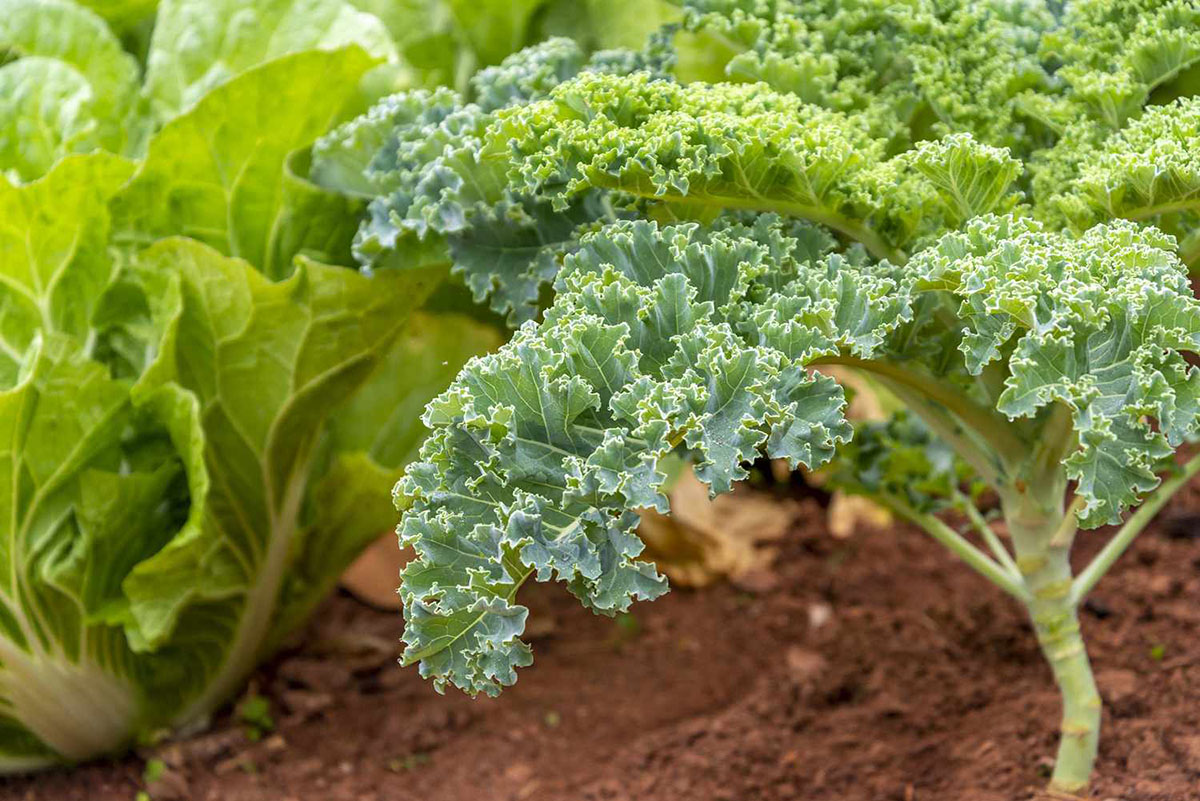

0 thoughts on “How Many Days Does It Take For Grass Seed To Germinate”